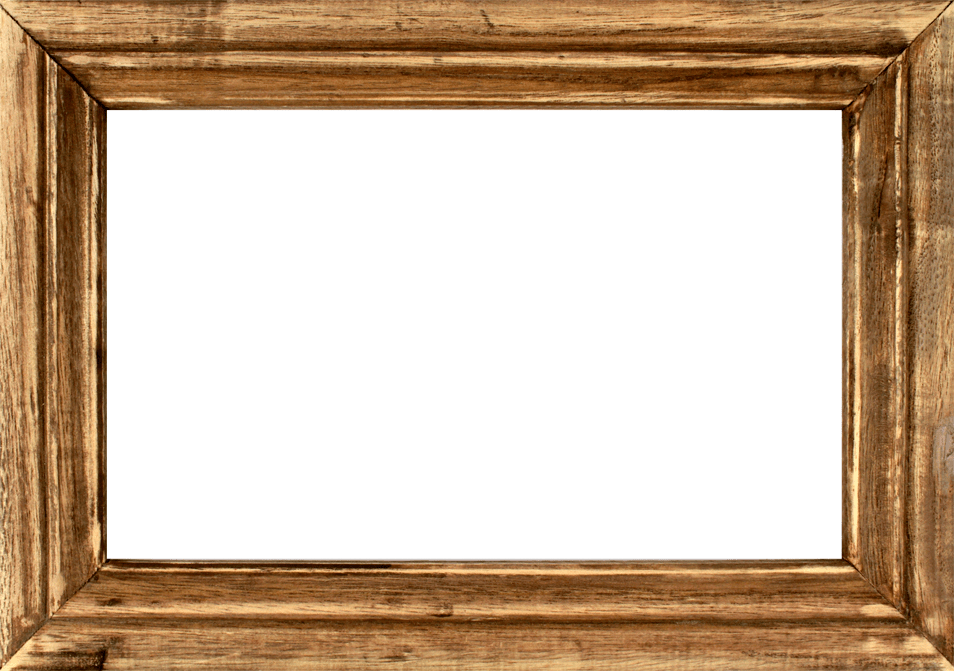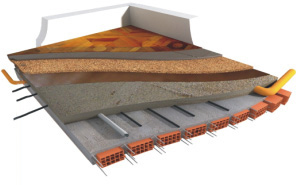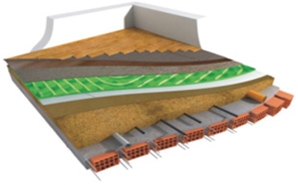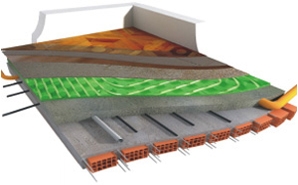Parquet sand laying has a long history: it was already performed in the early twenties, as we can see in many houses of the time. These floors were called “stackable”, because they were laid on pre-existing floors such as terracotta paving and damaged concrete tiles. Sand laying was performed by spreading a thin layer of sand to create a flat surface, and then laying a sheet of plain paper; after that, strips of wood joined by metal tabs inserted in the slots were laid one beside the other. The metal used was iron, a material capable of absorbing the wood moisture so as to compress and prevent the formation of cracks in the parquet flooring. This particular pose did not cause any problem to the parquet wood, considering that at the time internal heating was produced by stoves or fireplaces, which always maintained a good humidity percentage tolerable by the wood.
MATERIALS USED:
– No glue used in the installation position.
– Reduced energy cost of production.
– No harmful emissions.
– High recyclability.
– Transpiration warranty.
INSTALLATION TECHNIQUE:
– Remarkable thermo-acoustic qualities.
– Soft feel and low loads.
– Stability warranty.
– Reduced installation time.
– Cost effective compared to traditional systems.
INSPECTION OVER TIME:
– Removal and recovery of the parquet wood.
– Identification of perforated pipes in the event of leakage.
– Re-implementation of the dry subfloor.
– Nailing of the parquet wood.
– Polishing and oil treatment.
Dry Laying Systems
Tolin offers to its customers a parquet laying technique perfectly suitable for each building site. Be it a new construction or the renovation of an existing area, Tolin is able to recommend the optimal laying system for each parquet flooring chosen. In general terms, techniques can be divided into two groups: specific techniques for traditional heating systems or techniques for underfloor heating.
Once you choose the perfect heating system for your home, Tolin proposes a dry laying technique on traditional concrete substrates or a technique called “all dry”, which implies a completely dry parquet laying without using concrete or derivatives.








